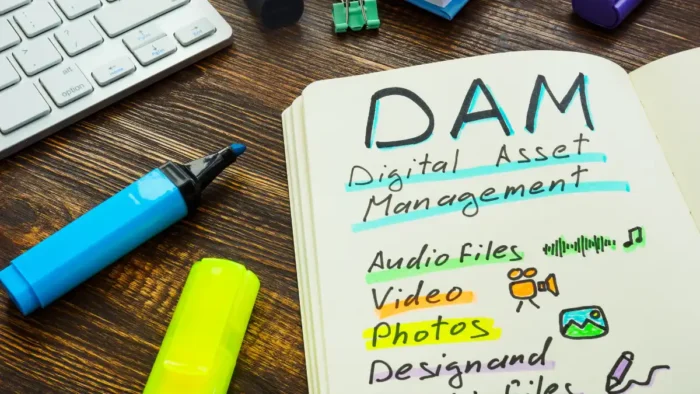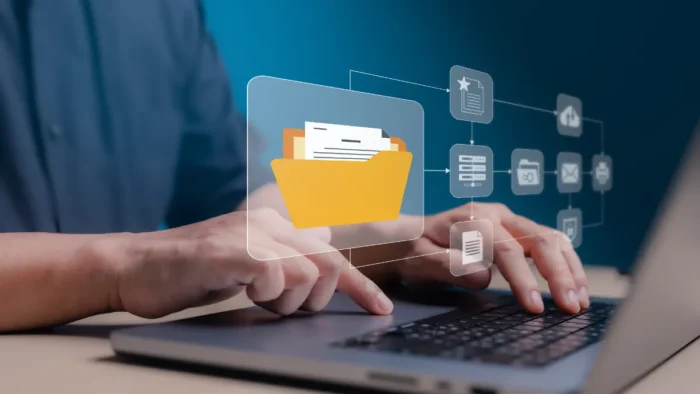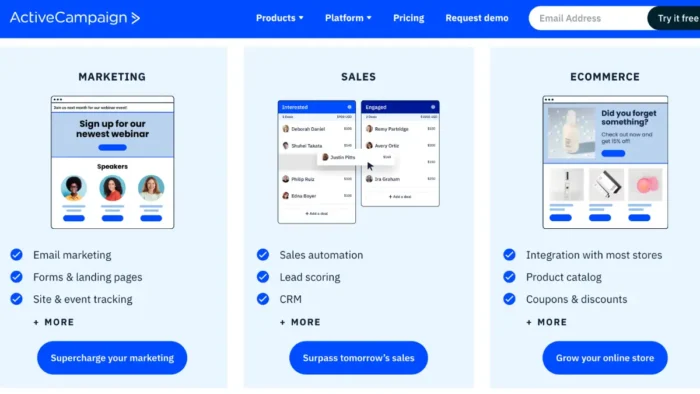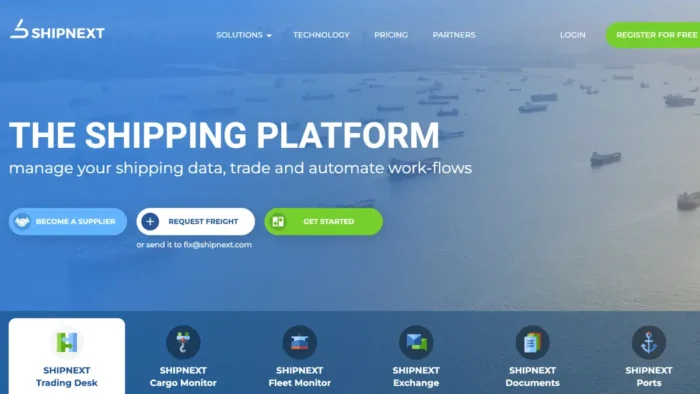Digital asset management (DAM) is an increasingly vital component for companies in the Software-as-a-Service (SaaS) industry. As organizations grow, so does the volume of their digital assets – images, documents, videos, or any other form of digital content. It quickly becomes challenging to keep these digital assets organized, accessible, and properly utilized.
Enter the world of DAM – a technology-enabled solution designed to streamline and simplify the management of digital assets. This article is set to guide SaaS companies through the basics of Digital Asset Management, covering its importance, implementation strategies, and how it can boost productivity and revenue.
One question that most SaaS companies find themselves asking is, “What is the best DAM software for our needs?” The answer is more complex than it seems, and much depends on specific requirements, budget, and scale of operations.
Understanding Digital Asset Management
Digital Asset Management is a system that aids in storing, organizing, retrieving, and distributing digital assets. These assets range from digital photos, videos, and documents to audio files. The system provides a structured approach to managing these assets, ensuring they’re easy to locate and distribute.
DAM is a game-changer for businesses because it prevents asset loss, duplication, and misplacement. It guarantees that digital assets are consistently updated, optimized, and readily available.
Why Digital Asset Management is Essential
In the era of digital expansion, managing digital assets has become a pivotal task for businesses. Poorly managed digital assets can lead to loss of time, resources, and even business opportunities.
Moreover, the right DAM system can provide invaluable insights into asset performance. You can understand how your assets are used, who uses them, and how they can be better utilized. It offers clear visibility and control over your digital resources, enhancing productivity and efficiency.
Choosing the Right DAM System
Identifying the right DAM system can be a daunting task. It’s critical to understand your needs and evaluate potential solutions. Your system should offer a user-friendly interface, flexible storage options, robust security measures, and excellent support services.
While selecting a DAM solution, also consider the scalability of the software. Can it grow with your company? Can it adapt to future needs?
Implementing DAM in Your Organization
The implementation of a DAM system requires careful planning and strategy. You’ll need to identify the digital assets that need management, define access controls, and develop an organizational structure for your assets.
Training your team is equally crucial. Ensure they understand the value of the DAM system and know how to use it effectively.
Recognizing the Value of Digital Assets
Just as tangible assets like equipment and buildings are valuable, digital assets hold substantial worth for SaaS companies. These digital assets, from marketing content to technical documentation, form the backbone of a company’s operations and customer interactions.
Understanding the value of these assets is the first step in implementing an effective DAM system. Once recognized, the system can help protect these valuable assets and ensure their efficient utilization.

Securing Your Digital Assets
Security is a significant concern when dealing with digital assets. SaaS companies face the dual challenge of protecting their data and that of their customers. Implementing robust security protocols within a DAM system is, therefore, crucial.
A good DAM system will offer features like access controls, audit trails, and encrypted data storage. These measures help keep your assets secure and your company compliant with data protection regulations.
Boosting Collaboration with DAM
DAM systems also enhance collaboration within and between teams. As teams grow and become more geographically dispersed, sharing and collaborating on digital assets becomes difficult. DAM Solutions resolve this by providing a centralized repository accessible to all team members.
This centralized approach reduces duplication of effort, saves time, and ensures that everyone works from the same version of an asset. It can significantly improve team collaboration, increasing productivity and better results.
Integrating DAM with Other Systems
One key feature to look for in a DAM system is its ability to integrate with other systems. Whether it’s a content management system, a marketing automation tool, or a customer relationship management platform, your DAM software should work seamlessly with other tools in your tech stack.
Integration reduces data silos, boosts efficiency, and helps maintain consistency across all your digital assets. It’s an essential feature to consider when choosing your DAM system.
Measuring Success with DAM
Finally, it’s important to measure the success of your DAM system. Are you achieving the goals you set when you implemented them? Is it delivering the expected return on investment?
Identify key performance indicators (KPIs) related to asset utilization, time savings, and productivity enhancements to measure success. Regularly review these KPIs to ensure your DAM system continues to deliver value to your business.
Conclusion
Adopting a DAM system can revolutionize how SaaS companies manage their digital assets. A well-implemented DAM system will not only streamline asset management but can also provide significant business benefits. It empowers businesses to get the most out of their digital assets, leading to enhanced productivity, reduced costs, and increased revenue.





